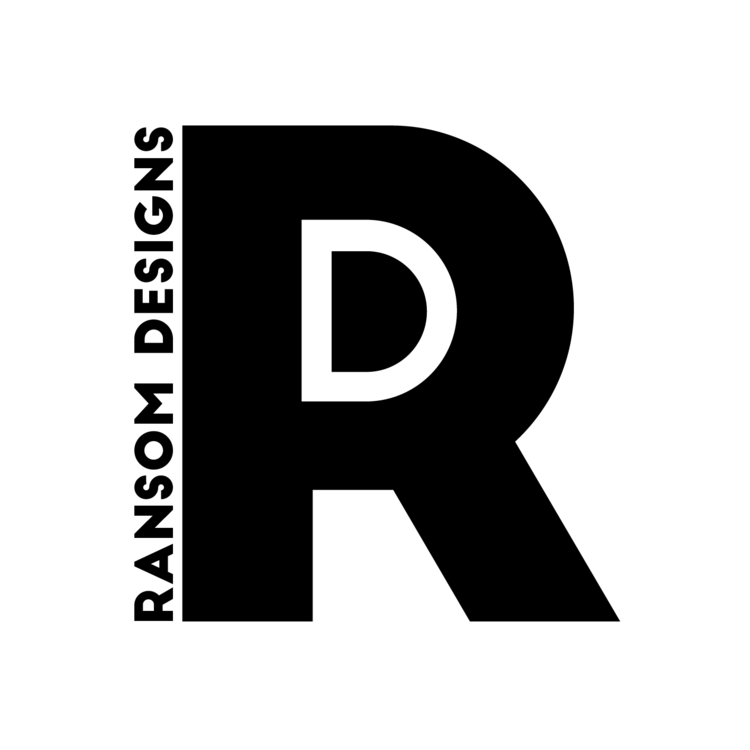Approaching this project, I felt like I was trying to shoe horn in my own desires to upskill my design practise, into a question that potentially wasn’t trying to get me to do that. I knew from the start that I wanted to address the issue of my own desire to work on my illustration abilities and, although I do think I did a good job folding that idea into the positionality question, I am also aware that I may have taken some liberties with the exact interpretation of the question.
Although I am happy with how I went about this project, I am aware of the possibility that knowing exactly what I wanted to research and to achieve in this project would potently restrict the organic nature of research that could have lead me in a different direction, or made different discoveries.
Having said this, I do feel like there were advantages to working this way, i.e. knowing the route I was travelling down. It meant that I was a lot more invested in the project and its outcomes. This meant that I spent a lot of time working on primary and practise research which I think paid off well in the end.
I was pleased with the range of research methods I used; reading articles, books, completing online courses, conducting interviews and different filming methods first hand. It was great to be able to use real praise in this project as I had some client work come up that meshed in well with my research.
The most challenging thing I felt with the project was, as strange as it is to say, that I had too much time. At the beginning of the project I really enjoyed getting stuck in to the research and the practise based research. However, after a while I felt like the project had stretched out too long and I was treading water. I knew from an early stage, from talking to people, that the conclusion to this was going be a lifetime of learning; speaking to more people, working on my illustration more, and so the fact that I had made that realisation at Christmas for a project that was wrapping up in May, meant that some of the research felt like filler to a conclusion I had already half formed.
Again, I am aware that settling on my research area very early on, and making it fit the question had the potential to be a challenge in itself, but I am happy with the results of this work and do feel like I have improved my practical work as well as how I feel about my position as a designer.
I think one of the big unsaid take aways from this project, was really that it was about Impostor Syndrome - a thought process in that one thinks of themselves as not capable of the work they have been given and will be ‘found out’ to be a fraud. I think this is something everyone has in one form or another and I think a lot of the positives of this project were that maybe I wasn’t as bad at illustration at the start as I thought I was, or that I’m good enough at Graphic Design that I don’t need to worry so much about not being the best illustrator in the world. Because the best illustrator isn’t going to the best Designer and vice visa. It’s important to keep working, knowing you’re never going to be perfect, but as long as you keep developing you’ll get better at all areas of your work.
Having said that I felt like the project went on too long, to completely counter my own point, I do wish I had been able to speak to more people about their practise if the project continued. When speaking to Ken Ashton, he spoke about a colleague of his that was an illustrator, and how they would interpret briefs differently. I wish I had been able to speak to him as well. Unfortunately that wasn’t able to happen and so I wasn’t able to include it in my research.
All in all, I’m very happy that I’ve spent the time in the this project wisely. I have learned some genuine skills that weren’t strong before and that I’ve already been able to use in my practise. As stated above, I’ve also spent a lot of time during this project being self reflective about my work and how others feel about their work, which I feel strongly has made me a better designer. Which was the point in the first place.
